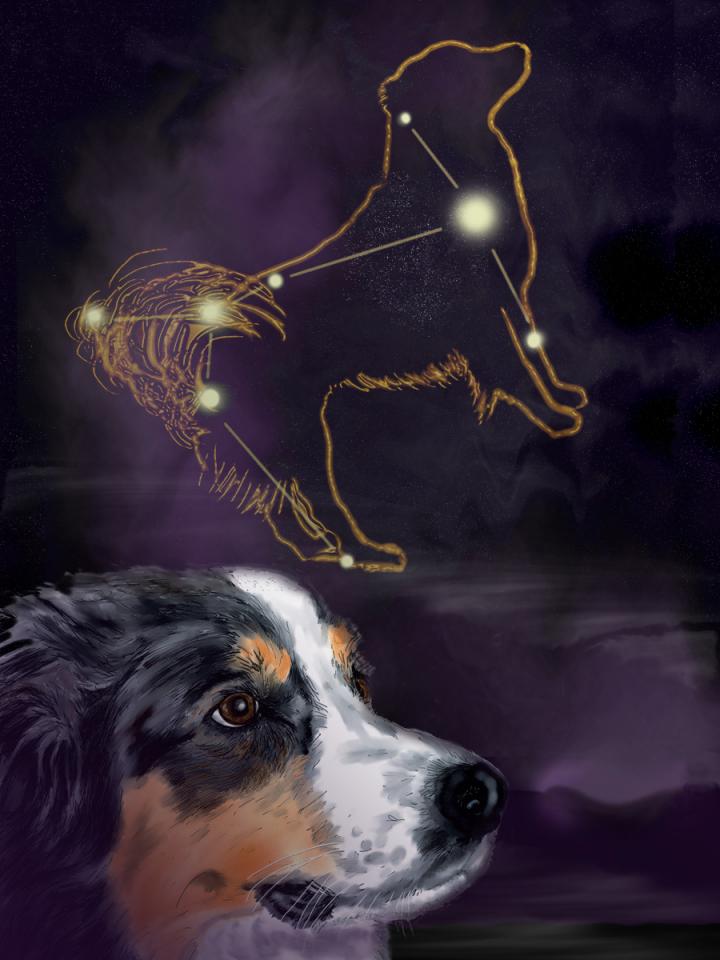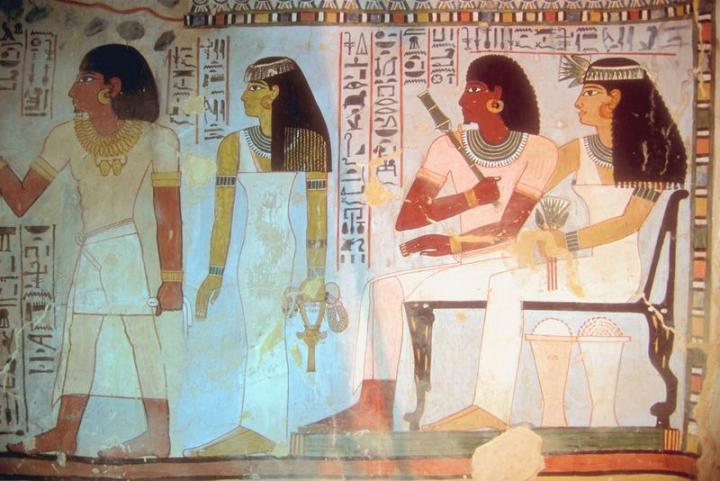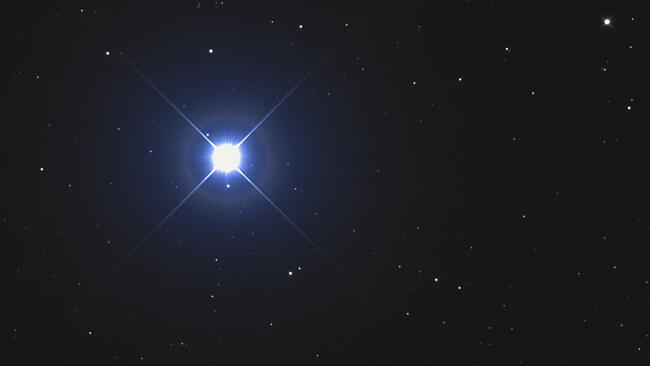Primary Image

Photo Credit
Tattom
What Does “Dog Days of Summer” Mean?
I was told that the "Dog Days" term came from old sailors. It was called that because the Trade Winds often failed during this time which required the ship to be moved forward with the use of oars (dogs are what the oars pivot upon).
It is also interesting to note that the culture of the DOGON Tribe of Northern Africa, is centered around preparation for sacred festivals celebrating Sirius.
They keep and maintain a "starmap" of the orbital pattern of both Sirius A and B, TO SCALE and have done so for what seems to be thousands of years, on the side of a cliff using chalk. This map is carefully maintained and kept. Something odd about this is the fact that Sirius B cannot be seen with the naked eye. When this tribe was discovered by European explorers, they dismissed the impressiveness of this starmap and the Dogon Tribe as meaningless until the advent of telescopic technology proved that the Dogon Tribe was actually correct! The other interesting thing about this tribe is that their culture is steeped very deeply in the use of Cannabis. In Latin the word Cannabis is comprised of Canna (Canine) and Bis (Bi, or two). The two-dog Plant!! This tribe also uses the same word "Dog" as the English Language...
My mom always said that ordinary house flies will bite during dog days.
All flies bite, if they stay on you long enough......
A friend claims that one should not hatch eggs during Dog Days. She claims that the chicks will be weak, sick, & not live through the winter. Any thoughts?
My understanding is that young chicks do not get a chance to acclimate to the cold because they still required warmth and protection to grow feathers by the time the cold hits. Typically they can't go outside for about 6 weeks after hatching.
For most of my childhood I have often been told that snakes bite more during dog days. My dad told us that the snakes eyes have a cloudy covering over them during the 'dog days'. Is there any scientific evidence of this ?
When snakes are about to shed their skin in summer, their eyes cloud over as the old eye covering layer is replaced with a new one. The eyes look milky in color and the snake's vision is impaired until it sheds the old layer, usually a few days. This happens in summer, but not necessarily during the Dog Days.
Note, too that shedding can vary from species to species, as well as environmental conditions, the animal's nutrition and their growth rate.
Dog days of summer .. oh how i loathe thee.
Weve had hard rains and very hot weather now my rooster is staying on perch not eating and not crowing. Do they do this during dog days
- « Previous
- 1
- 2
- …
- 10
- Next »













Comments